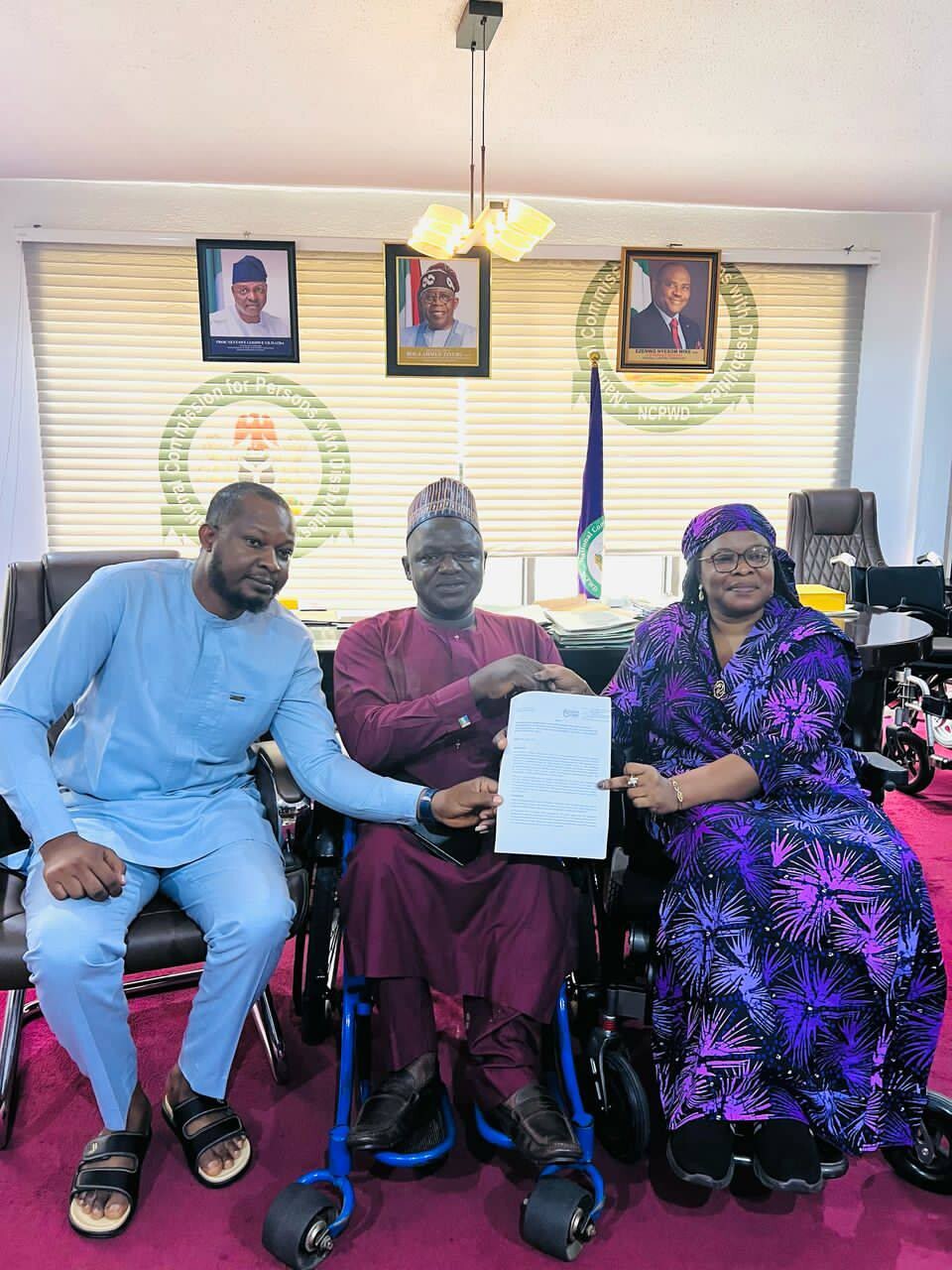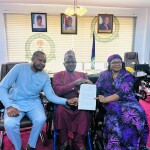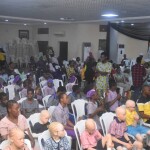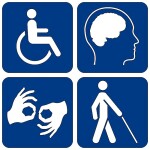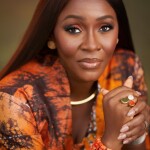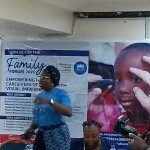In about two years, the NCPWD records two partnerships on accessibility. Who benefits from their underwhelming performance?
Tunde Hazzan
Access defines disability. The Nigeria Commission for Persons With Disabilities (NCPWD) likes to count itself among those who believe this, and seek its actualization. And among the many ways the commission goes about pushing for access is partnerships—with both governmental organizations and NGOs, especially those in disability advocacy.
Two of such partnership happened in the last two years. Under former Executive Secretary James Lalu, the commission inked a takeover of a €54,610-donor-funded ‘Aviation Accessibility’ project in 2024. The Centre for Ability Rehabilitation and Empowerment (CARE Nigeria) kick-started it three years earlier.
“Today, we are taking over a project by deploying our personnel to the major airports in the country to provide necessary support for PWDs,” Lalu had said during the takeover.” We will provide some of them with sign language interpreters.”
Following a grant from its donor, the NGO had embarked on making Nigeria’s 22 airports accessible to PWDs. The rump of the disability community, especially the deaf cluster, ER interviewed then considered such takeover elitist, wondering how many PWDs have the means to travel by air. Those who can might consider such position cynical, though. But neither of the takes matters now in the long run, as far as the takeover goes.
The commission’s new ES Ayuba Gufwan didn’t hide his excitement when he snagged another partnership the Inclusive Friends Association dangled before him in March. The NGO got a grant from McArthur Foundation’s to set up the Accessibility Compliance Dashboard, a digital platform to help drive the accessibility advocacy. He accepted the offer, and vowed the commission will monitor the platform for the NCPWD’s enforcement of accessibility.
The ACD went live sometime in April in Abuja. The fanfare brought together NGO leaders, JONAPWD’s national officials, newspaper columnists, and the chairman, House Committee on Disability, Hon. Dawodu Ayinla. The media blitz that followed also widened the publicity, though the reports—or the platform launcher, maybe—provided no link to the app.
ER reached out to IFA by mail asking how to access the platform—and to JONAPWD officials and other participants to share their experiences testing the platform. None of them responded.
The ACD app is still under development even after the launch. An independent web developer from the blind community confirmed the app is truly live. “But it’s just like a skeleton—like putting a structure in place,” he told ER late April. “And that’s how it is for this kind of application. They will be adding other things.”
The platform boasted to have profiled the compliance levels of no fewer than 500 private and public entities. The criteria it uses are four: access to building; accessibility statement (or policy); employment quota; and security. All of these add up to a certain percentage for each organization it profiles.
The NGO logo dominating the website title section makes it clear whose brainchild the platform is, and the manner of partnership it sought.
Partnership ranks among the commission’s duties for which the Discrimination Act 2018 provides in section 38(k): The commission shall liaise with the public and private sectors and other bodies to ensure that the peculiar interests of PWDs are taken into consideration in every government policy, programme, and activity.
So Lalu didn’t act outside of the law. Nor did Gufwan. Except that the commission has never been part of either projects right from the seminal stages. And when the project’s loopholes or poor judgement later come to the fore, as it has always done, many wonder.
The ACD, Ibrahim noted, fails the standard accessibility test as a digital platform itself. “As it is now, 95 percent of its links and buttons are not responsive, and there are a lot of unlabeled logos and graphics,” he said, after testing various functionalities of the dashboard. “All these are bad accessibility practices.” And as far as he has tested it, the platform, he insisted, is not dynamic.
Again, the criteria the dashboard uses for profiling leaves out a number of others. Among them is digital accessibility compliance given in the Web Content Accessibility Guidelines by the World Wide Web Consortium ((W3C). This profiles accessibility compliance in banking and fintech sector, and other industries deploying web solutions. A JONAPWD official who should have knowledge of this didn’t respond to ER questions on the relevance of the four criteria the ACD uses.
Procedural and legal criteria are no part of the ACD standards for profiling either.
Even the claim of hundreds of public and private entities profiled remains unsubstantiated. Only five organisations’ profiles, including YIAGA’s, Vision FM’s, Rockview Hotel Royale, and others appeared in the database as of April ending
Nothing convinces critical observers the NCPWD had reason, no matter how legal, to be part of this half measure of a partnership.
Anyhow, the commission’s name lends weight to the projects—and to the clout of the NGOs pushing them.
The last time ER checked, the commission had relegated the CARE aviation accessibility project—and all it promised: a disability desk in every airport; ambi-lifts for wheelchair users; sign language interpreters, and other accessibility efforts CARE told ER it put in place, but could not sustain. Now the ACD the commission supported again started off launching a “skeleton” of a platform whose functionalities are not working even after the launch. The partnership may also soon lose its relevance, and its accessibility pep ice over. Except its bedfellows work harder at it.

